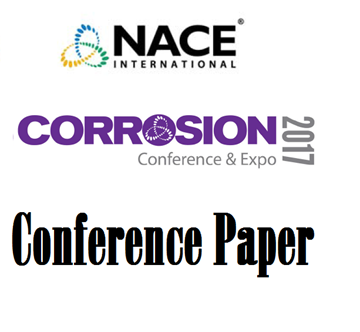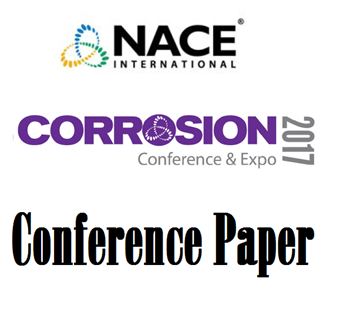Search
Individual Conference Papers
View as
Sort by
Display
per page
Material Selection for anthropogenic CO2 injection: mechanical and corrosion performances of steels under dense CO2 with impurities
Product Number:
51323-18886-SG
Publication Date:
2023
$20.00
Material Selection for Carbon Capture and Storage (CCS) Wells
Product Number:
51323-18760-SG
Publication Date:
2023
$20.00
Material Selection for CCUS Injection Well: A Case Study in North Sea
Product Number:
51324-21062-SG
Publication Date:
2024
$40.00
Material Selection For Storage Tanks – Life Cycle Cost Analyses
Product Number:
51322-17505-SG
Publication Date:
2022
$20.00
Material Selection Methodology Using Halite Tendency Indicators for Gas Wells: A Case Study
Product Number:
51320-14586-SG
Publication Date:
2020
$20.00
Material Testing and FFS Modelling for HTHA of Less-Common Alloys: C-0.3Mo
Product Number:
51324-21142-SG
Publication Date:
2024
$40.00
Material-Biodiesel Compatibility – Survey of Industry Experience
Product Number:
51317--9434-SG
ISBN:
9434 2017 CP
Publication Date:
2017
$20.00
Materials and Corrosion Challenges for the Development of Plastics Recycling Processes
Product Number:
51324-20733-SG
Publication Date:
2024
$40.00
Materials and Corrosion Risk Mitigation Associated with Flowback of Acid Stimulation Fluids
Product Number:
51317--8917-SG
ISBN:
8917 2017 CP
Publication Date:
2017
$20.00
Materials Compatibility Issues in Biofuels – A Review
Product Number:
51317-10039-SG
ISBN:
0039 2017 CP
Publication Date:
2017
$20.00
Materials Performance and Challenges in Oil and Gas Production Wells
Product Number:
51319-13294-SG
Publication Date:
2019
$20.00
Materials Performance in Oxidizing Acid and Corrosive Solution containing Oxidants
Product Number:
51319-12991-SG
Publication Date:
2019
$20.00












